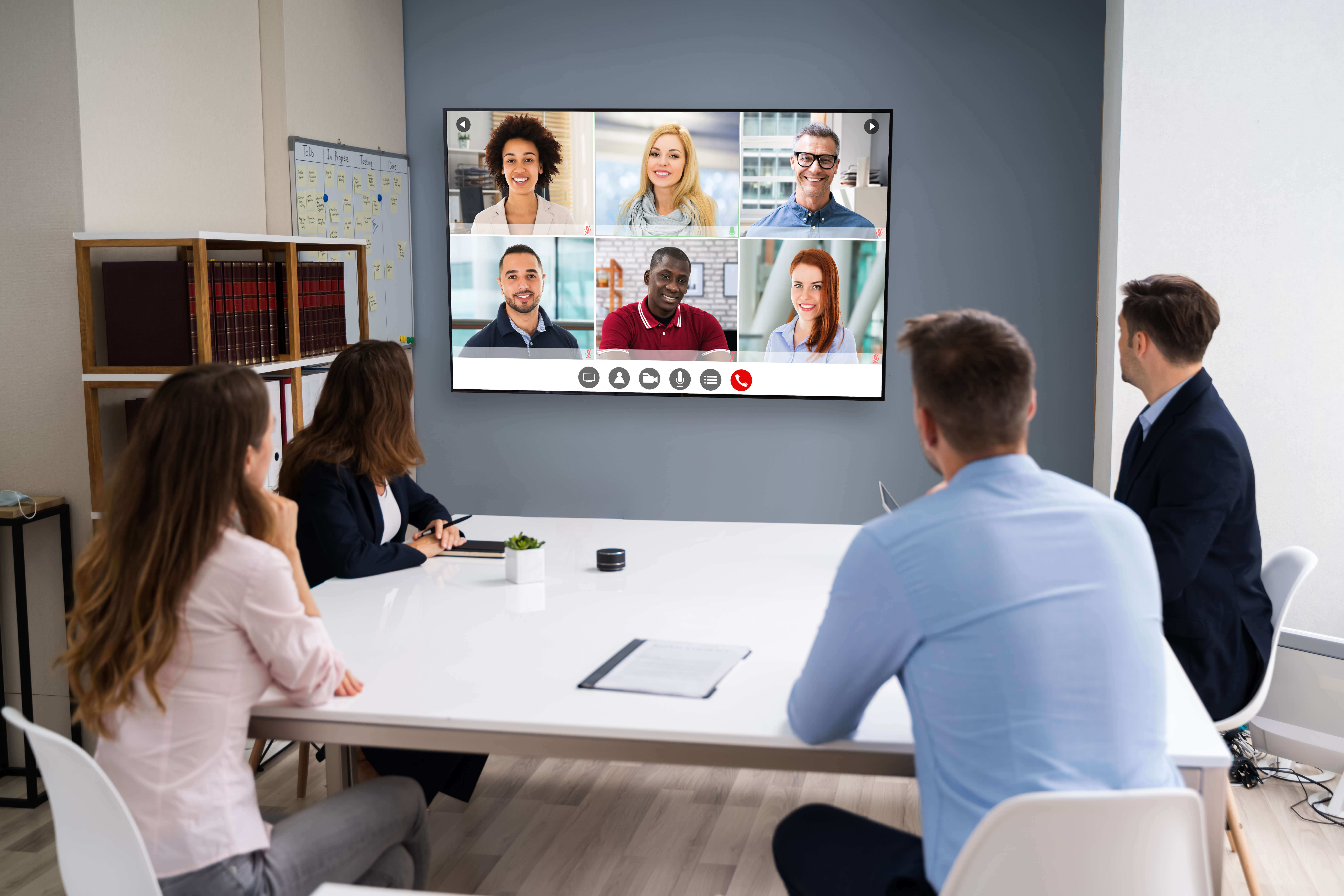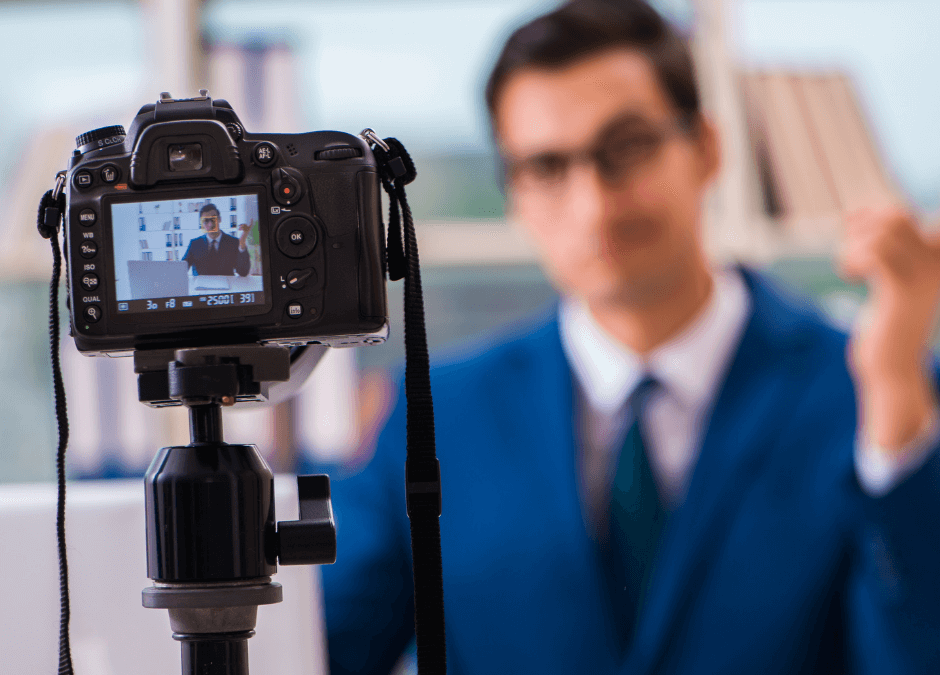
Five Innovative Gifting ideas for Attendees and Staff
Swag bags and logoed promotional products have long been a staple of corporate events and gifting. This last year has undoubtedly changed the environment of corporate live meetings and altered the state of corporate gifting.
For one, it has made customized ordering (each person can order what they want) and direct shipping much more accessible and user-friendly than ever before. It has also placed a value on higher-end gifts. This type of gift is one-way corporations reinvested conference expenses previously spent on live events back into the participants or staff. While name-brand goods cost 25% – 75% more than generic, it hits home when staff or clients receive a recognizable brand.
Participants at live events have grown accustomed to receiving their welcome packet, name badge, and swag bag. This last year of virtual meetings brought us creative unboxing parties, and this year, as hybrid meetings become the new normal, we expect to see the innovation grow.
“Use a professional to navigate quantity pricing. They also make sure your gift achieves the intended impact without being gaudy. Logo size, color, and positioning all need to be thought through and done well.”
– Michael Lumpkin, Thread Logo Co-Founder
As we move into this next stage, we wanted to inspire you with these five curated gifts by our American Meetings Network Prime Member, Thread Logo, with high quality, name-brand value, and without the bank-breaking price tag. The key to this is using a professional who can deliver value.

Charging Pads and Devices
We are all plugged in and needing power. These charging pads make it easy, allowing recipients to leave all the cords behind and charge phones, watches, earbuds, or anything electronic and rechargeable. Ideal for travel or home, these are helpful to both the tech-savvy and not.


Sherpa Blankets
Blankets and throws are a great unisex gift for indoor or outdoor cuddling year-round. Neutral colors match home or office décor or can easily be thrown into the car for a road trip, camping, or picnic after the event.

Fine Leather Goods
High quality and hand-made in the USA, these luxury gifts will become a staple for the receiver. Padfolios for event notetaking, totes, briefcases for conference materials, or hauling paperwork from client meetings to networking groups are a perfect gift.


Ring Lights
Videos, Zoom meetings, and even profile pictures look better with good lighting. With a variety of warmth, brightness, sizes, and adjustability, ring lights make your participants look great. Whether live streaming content at the event, capturing an afterparty shout-out or uploading the next viral TikTok, you will equate your team with screen confidence.

Bose
Bose is a household name when it comes to sound quality, which makes these highly valued gifts. Speakers, headphones, and earbuds with the Bose name ensure crisp sound in anyway your recipient wants to experience it.
The goal of gifting has always been to help people be pulled into the fold of the sponsor – to help them feel like they are part of something bigger. Whether this is a company purchasing wearables to demonstrate unity at an event, or attendees receiving swag to welcome them and invite them into the experience, corporate gifting accomplishes this.


Your professional meeting planner can help source and distribute these items on your behalf. Just ask AMI!








